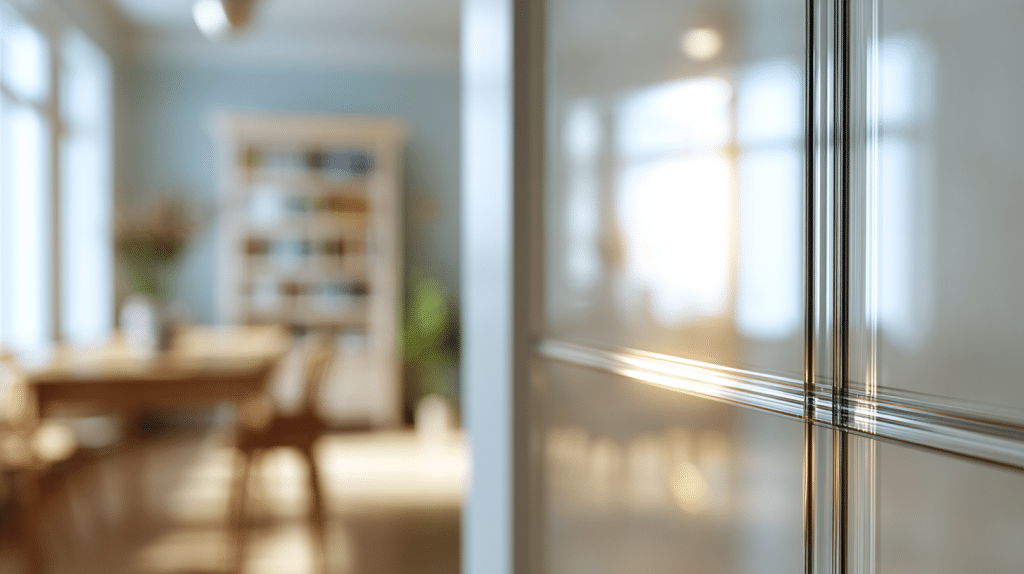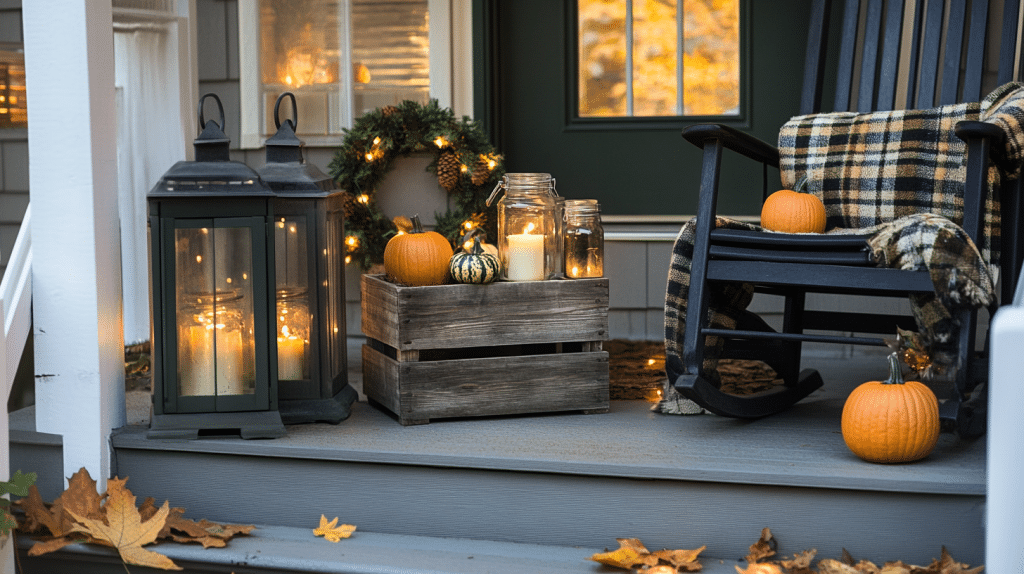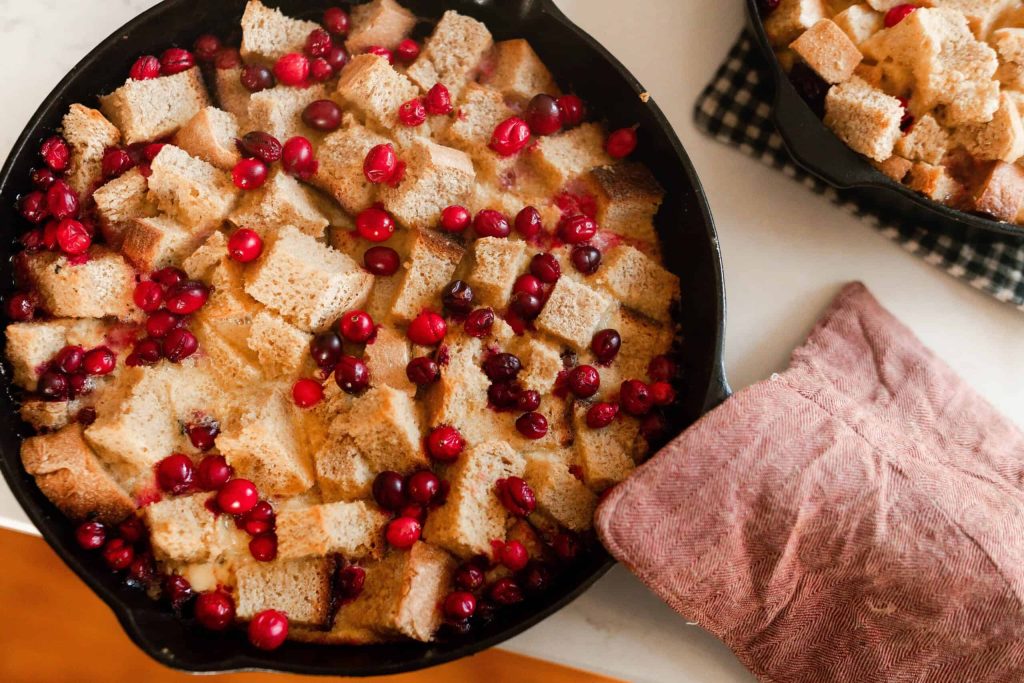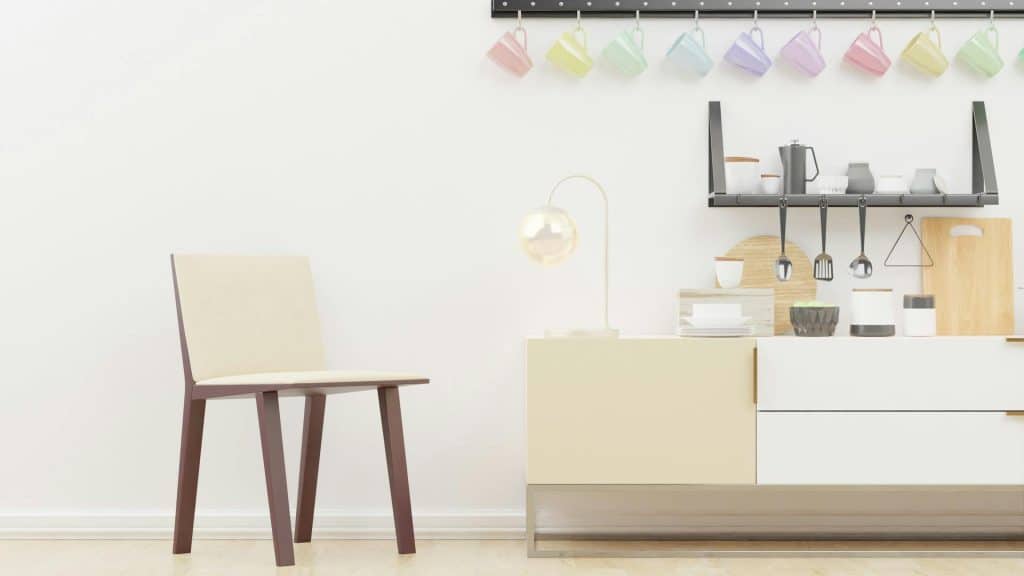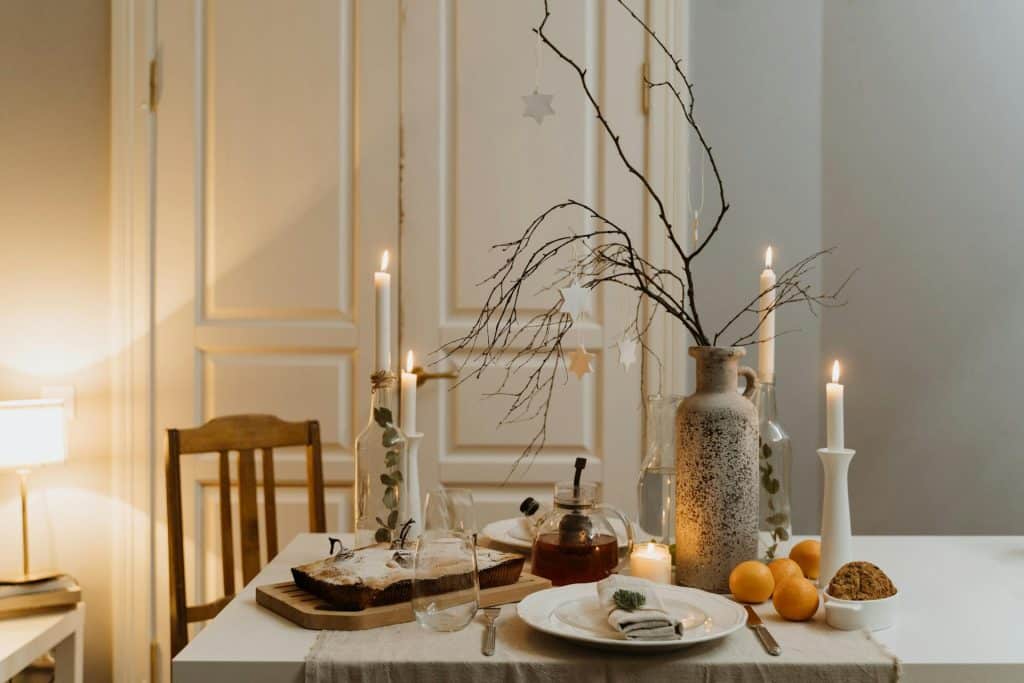Your regular windows might be putting your family at risk every single day.
However, there’s a smarter solution that’s been protecting buildings for decades. Laminate glass offers the safety and security you need without sacrificing style or natural light.
These specially designed windows hold together when broken, resist impact, and reduce noise from busy streets. They also offer better UV protection that prevents furniture fading.
Let me show you exactly how laminate glass works and why it might be the perfect upgrade for your home.
What is Laminated Glass?
Laminate glass windows are made by sandwiching a thin plastic layer between two sheets of glass. This plastic interlayer, typically made of polyvinyl butyral (PVB), acts like glue, holding everything together.
When the glass breaks, it sticks to the plastic instead of falling apart into sharp pieces. Imagine it like a car windshield, even if cracked, it still stays whole.
The manufacturing process involves heating and pressing the layers together under high pressure.
This forms a strong unit, similar to regular glass, but performs better when damaged. Most can’t tell the difference visually.
Factors to Consider Before Buying
Before making this important decision for your home, consider these key factors that will impact your satisfaction and results.
Your Budget and Timeline
Laminate glass costs 20-30% more than regular windows, and custom orders can take 4-6 weeks for delivery and scheduling of installation.
Noise Levels in Your Area
If you live near busy roads, airports, or construction zones, laminate glass offers major sound reduction, allowing for peaceful indoor living.
Security Concerns and Crime Rates
Homes in areas with higher break-in rates benefit greatly from laminate glass, as it deters burglars and protects your family.
Climate and Weather Patterns
Regions with frequent storms, hurricanes, or hailstorms make laminate glass a wise investment for property protection and insurance benefits.
Family Safety Requirements
Households with young children, elderly members, or high-activity areas should prioritize laminate glass for accident prevention and peace of mind.
Cost Overview
Here’s what you can expect to pay for laminate glass windows based on size, type, and installation factors.
| Cost Factor | Price Range | Notes |
|---|---|---|
| Small Window (2×3 feet) | $200-$400 | Basic single-hung or casement style |
| Standard Window (3×4 feet) | $350-$650 | Most common residential size |
| Large Window (4×6 feet) | $500-$900 | Picture or bay window applications |
| Custom Shapes/Sizes | $600-$1,200+ | Arched, round, or unusual dimensions |
| Professional Installation | $100-$300 per window | Labor costs vary by location |
| Removal of Old Windows | $50-$150 per window | Additional service if needed |
| Frame Upgrades | $100-$500 per window | Vinyl, wood, or aluminum options |
Prices vary and are mainly based on your location, the contractor you choose, and the specific window features you select.
Types of Laminate Glass
The interlayer material between glass sheets determines performance characteristics and specific benefits for your home application needs.
1. Polyvinyl Butyral (PVB)
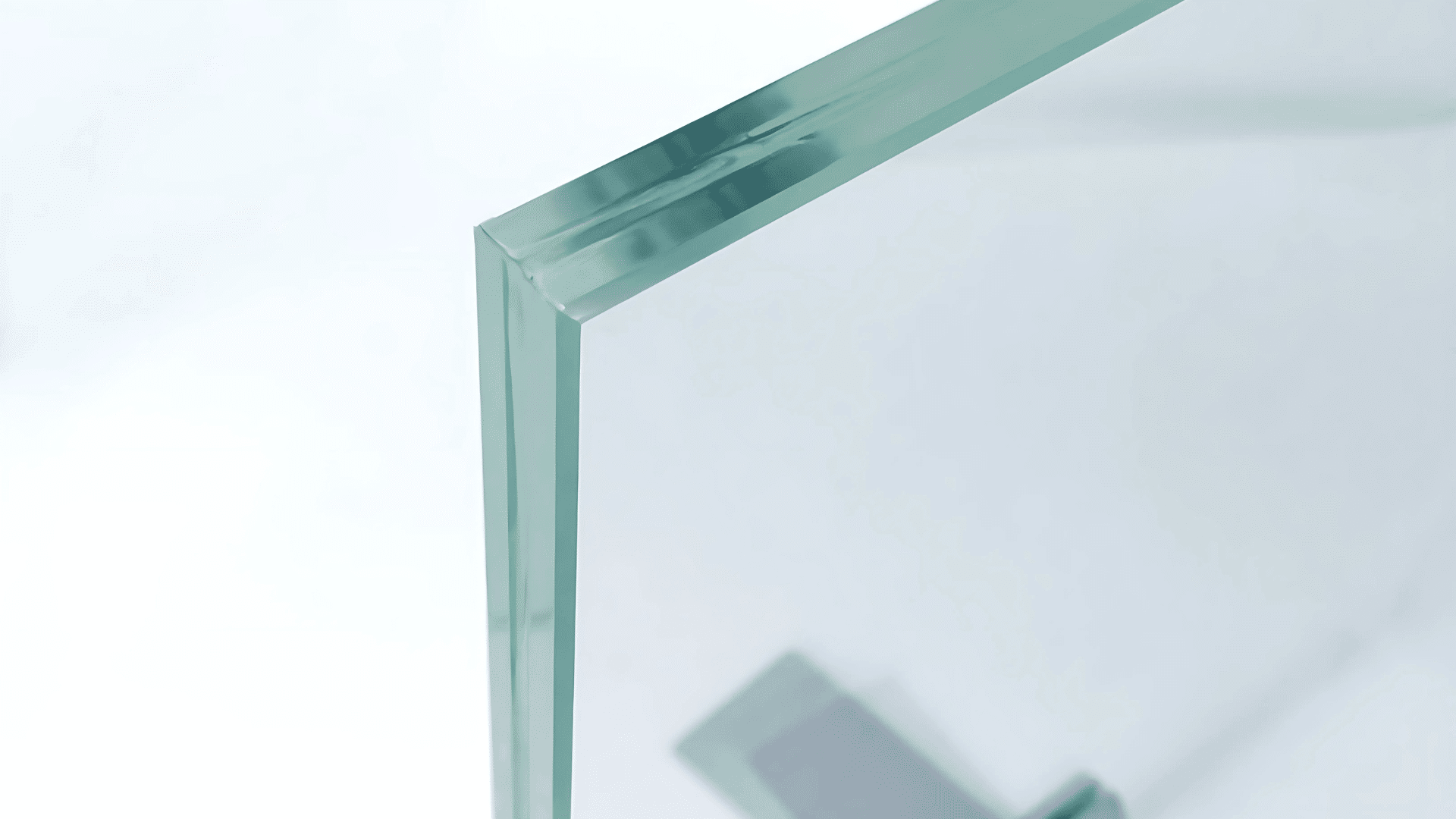
The most common interlayer material used in residential laminate glass windows today is. Offers good clarity, UV protection, and sound dampening while maintaining a reasonable cost.
Works well for basic safety and security needs in typical home environments.
2. Ethylene-Vinyl Acetate (EVA)
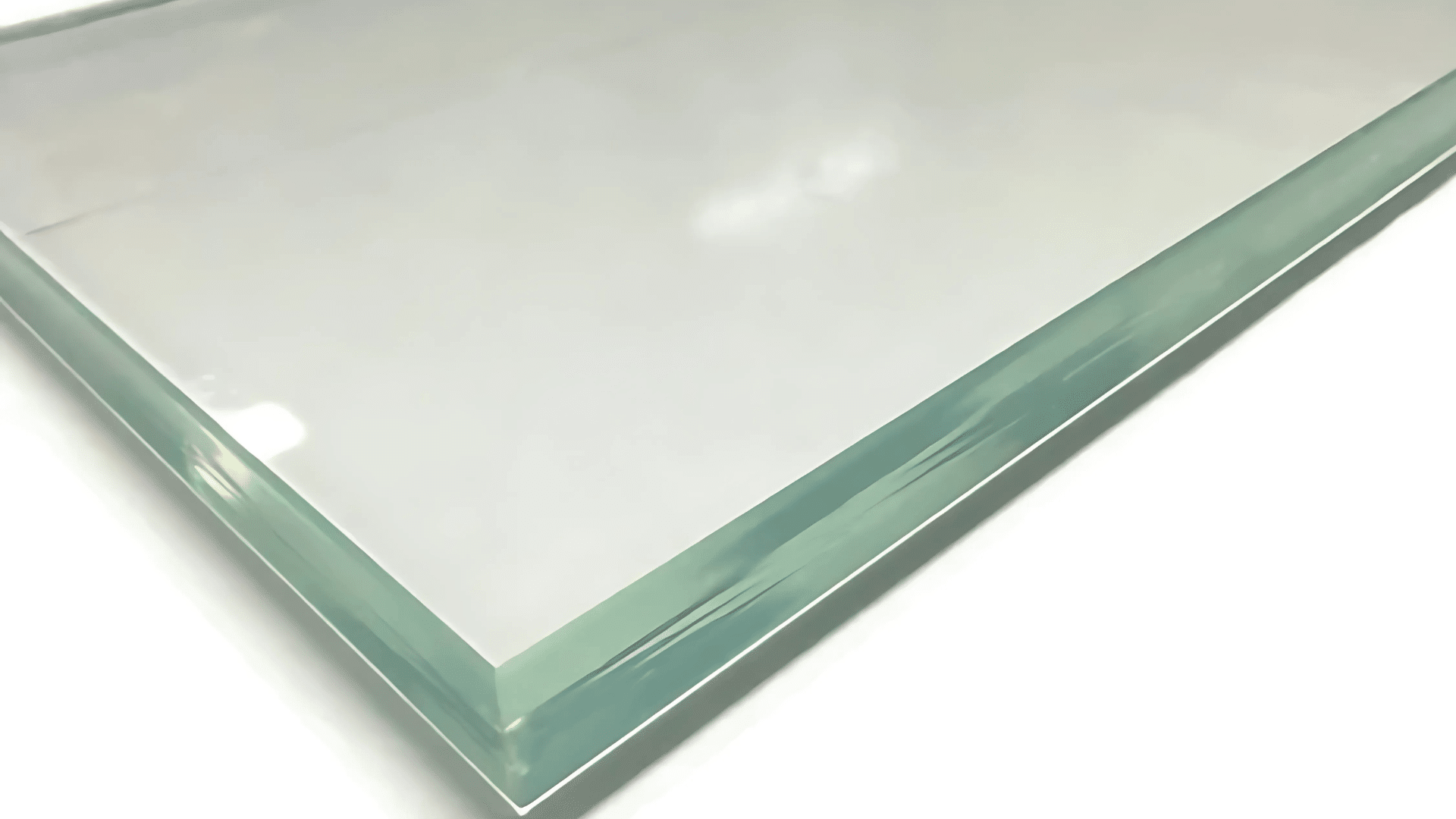
Clear, flexible interlayer that bonds strongly to glass surfaces without optical distortion.
Provides excellent durability and weather resistance, making it suitable for extreme climate conditions. Often chosen for coastal areas with high humidity and exposure to salt.
3. SentryGlas Ionoplast (SGP)
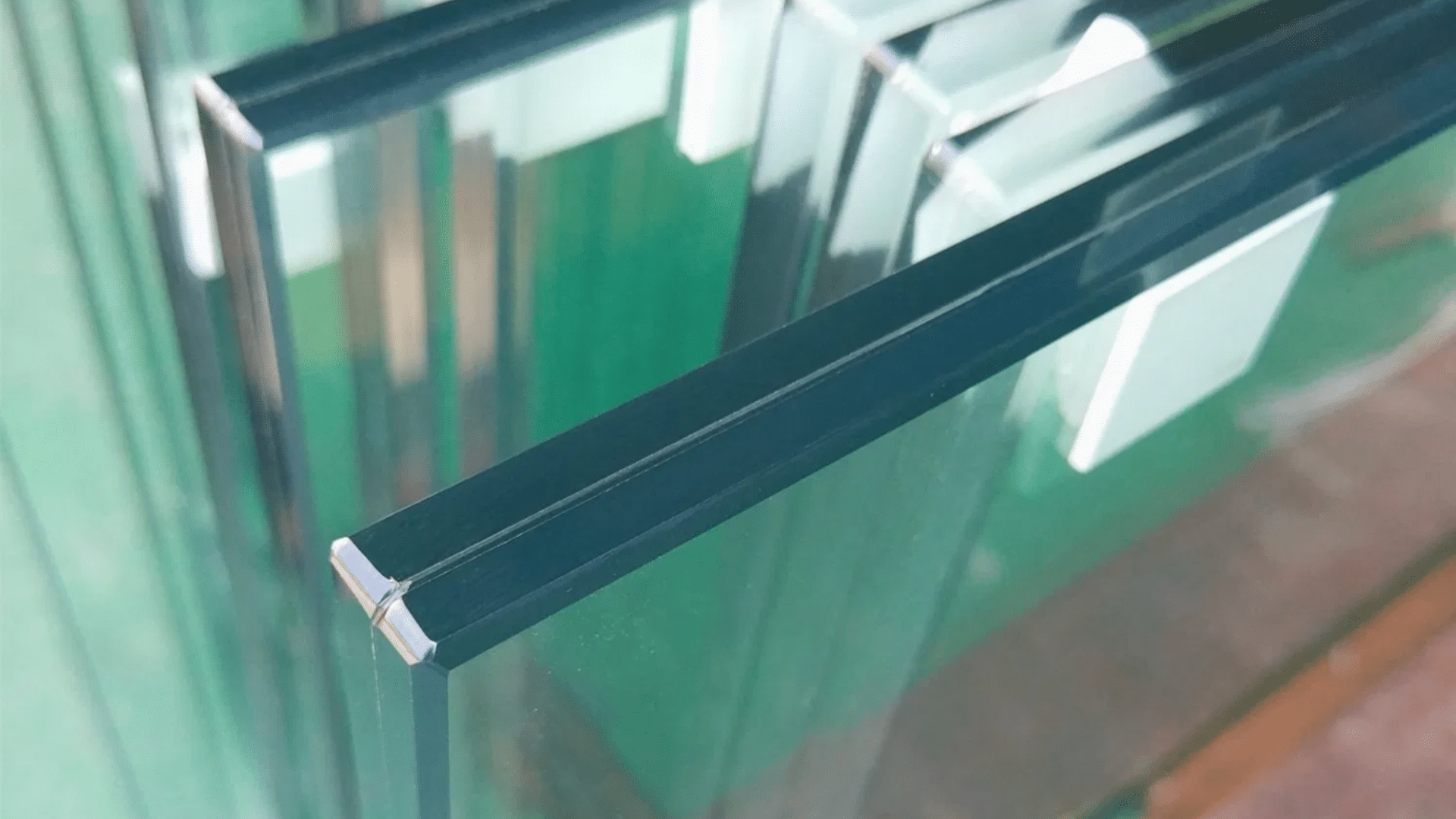
High-performance interlayer offering superior strength and structural integrity compared to standard options.
Maintains clarity over time and resists yellowing from sun exposure. Best choice for large windows or areas requiring maximum impact resistance and longevity.
4. Thermoplastic Polyurethane (TPU)
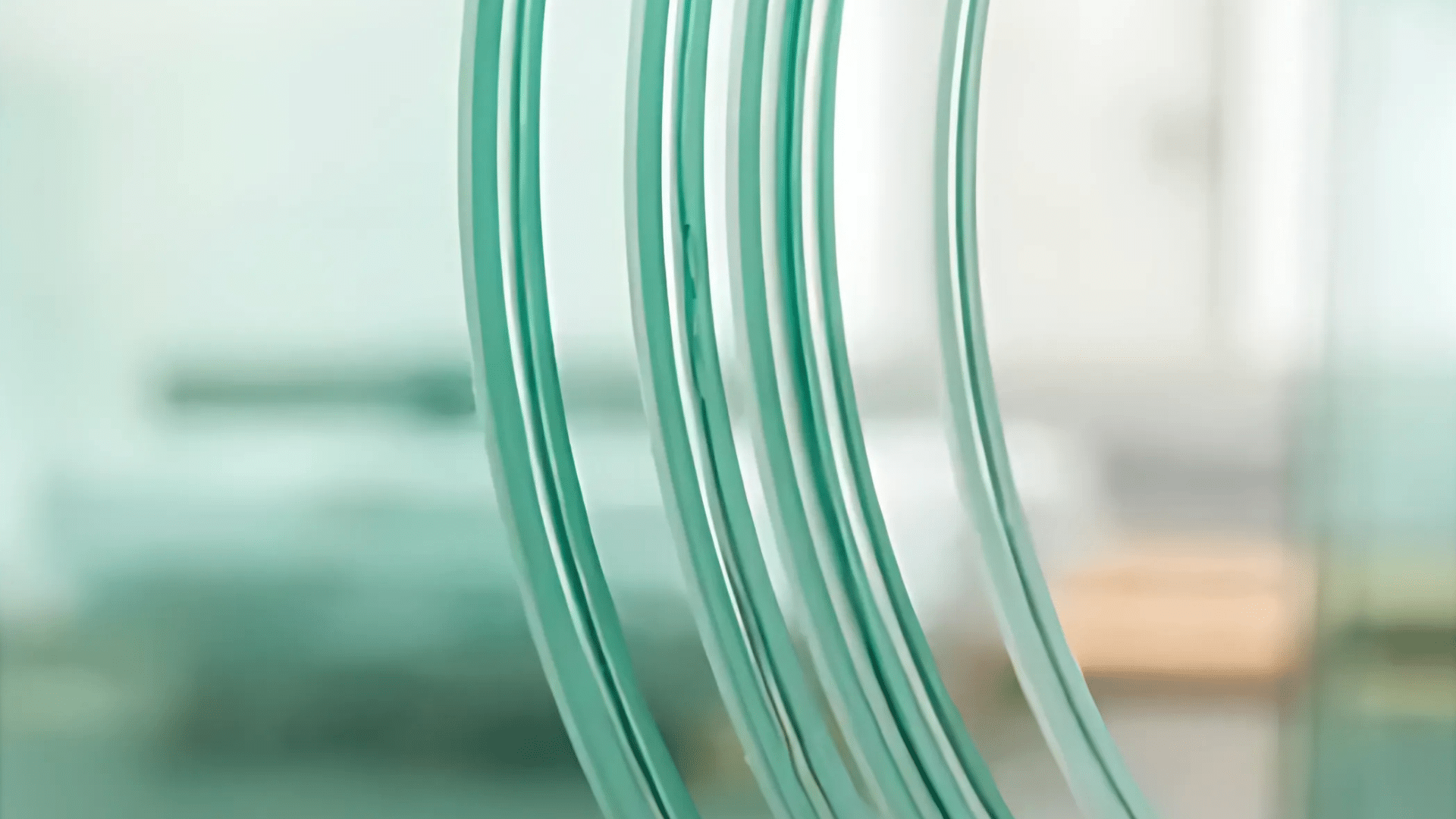
A highly flexible interlayer material that effectively absorbs impact energy while maintaining transparency.
Provides exceptional tear resistance and durability in harsh conditions. Ideal for hurricane-prone regions where extreme weather protection is essential for home safety.
These interlayer options enable you to select the ideal laminate glass for your specific climate and performance requirements.
Laminated vs. Other Glass Options: What’s the Difference?
Let’s break down how laminate glass compares to regular glass and tempered glass options.
| Feature | Regular Glass | Tempered Glass | Laminated Glass |
|---|---|---|---|
| Safety | Breaks into sharp shards | Breaks into small cubes | Stays intact when broken |
| Security | Easy to break through | Harder to break | Very difficult to penetrate |
| Sound Control | Minimal noise reduction | Limited sound blocking | Excellent noise reduction |
| UV Protection | No UV filtering | Minimal UV blocking | Blocks 99% of UV rays |
| Storm Resistance | Poor impact resistance | Better than regular | Superior impact protection |
| Cost | Lowest price option | Moderate pricing | Higher upfront investment |
| Installation | Standard process | Standard process | Requires special handling |
This comparison highlights why many homeowners choose laminate glass, despite its higher initial cost.
Pros and Cons of Laminate Glass Windows
Every window type has its advantages and drawbacks. Here’s an honest look at what you can expect.
Pros:
- Provides excellent safety protection for families with children
- It majorly reduces outside noise from traffic and neighbors
- Blocks harmful UV rays that fade furniture and flooring
- Offers superior security against break-ins and forced entry attempts
- Maintains structural integrity during storms and severe weather conditions
Cons:
- Costs more upfront than regular or tempered glass options
- Requires specialized installation by trained window replacement professionals
- Takes longer to manufacture and deliver to your home
- May show slight distortion in certain lighting or viewing angles
- Needs replacement of the entire unit if damage occurs extensively
While laminate glass windows require a bigger investment, most homeowners find the added safety and security worth every penny.
Installation Tips and Professional Help
Getting your laminated windows installed correctly ensures they perform as intended and last for years to come.
- Always verify contractor licenses and insurance coverage beforehand
- Schedule installation during mild weather conditions when possible
- Clear furniture and belongings away from all window areas
- Expect slight settling adjustments within the first few months
- Keep manufacturer warranty documentation in a safe, accessible place
Conclusion
Choosing laminate glass is about making a smart long-term investment in your home’s safety and comfort.
We’ve covered construction, materials, costs, and installation. These windows offer value through enhanced security, reduced noise, and weather protection.
Laminate glass costs more upfront than regular glass, but provides peace of mind, energy savings, and insurance benefits. When building or replacing windows, it offers proven protection for what matters most.
Get quotes from licensed contractors in your area. Compare options based on your specific needs and budget to find the best fit.


